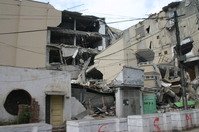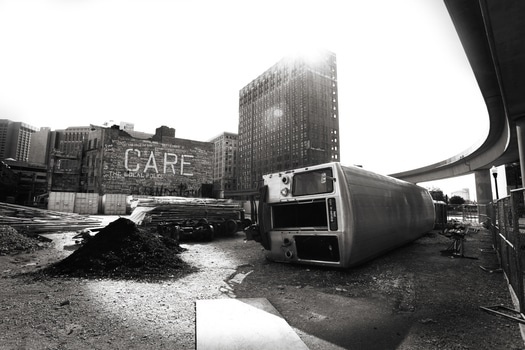
The Essential Disaster Recovery Checklist For Every Business
An investment in disaster recovery is like buying an insurance policy on your business continuity. A disaster paralyzing your company is about the only thing no business owner expects. So, for those forward-thinkers in the business world, we created this quick and simple checklist to make sure you’re prepared for a disaster that is thrown your way (regardless of size or scope).

- Run a full-fledged risk assessment—Analyze the core functions of your business operations. After you have them listed, ask yourself, “How essential is this function in regards to bringing my business operations back to normal?” Next, assign each function a priority level. Functions that are absolutely vital in operating the business at a baseline level should be assigned top priority.
- Consider how risk assessment changes given the type of risk—When planning of disasters companies should consider all 5 potential types of risk:
- External—Think of things outside the company’s control like natural disasters, cyber terrorism, other criminal activity or a supplier experiencing a disaster. Any of these can render your company unable to conduct business.
- Facility—Any issue with utilities or other systems that can prevent a business from operating properly are considered facility risks. Electrical systems are usually at the top of this category. However, the phone system shouldn’t be overlooked because it certainly is crucial to business operations. Other common risks to consider are the fire system, water damage, climate control and physical security.
- Data Systems—Consider damage to infrastructure, networks, file servers, software applications and other computer-related pieces of equipment as a result of disaster. These are all system risks.
- Departmental—Risks that occur within a particular division of a company can be placed into the departmental risks category. For example, a trash can that catches on fire in the reception area can affect everyone nearby. The company, as a whole, has minimal risk, but it does change how the company operates.
- Desk Level—Any impact on an employee’s ability to complete daily tasks or fulfill normal operational responsibilities can be considered a desk-level risk. You can begin assessing this risk by measuring the number of tasks each employee will be unable to complete because of the disaster.

- Measure the viability of your business—Begin by looking at the three major components of your business operations: human resources, physical resources, and business continuity. Ask yourself and your team: “Given these components, if a disaster struck today, how quickly would we be able to open our doors once it became safe to resume business? How much downtime would we need?” When answering these questions try to gauge the level of impact a disaster would have on your employees, customers, and your physical location.
- Examine failover solutions and telecommuting options—Just because a disaster strikes your facility and forces you to temporary shut your doors doesn’t mean all of your business needs to come to a screeching halt. If you’re employees can’t come to your facility, utilize web conferencing, call routing, and remote access so your team can stay in the loop. While you may not be fully functional, many customers and leads will understand the circumstances and appreciate your perseverance.
- Draft your disaster recovery team—Your disaster recovery team should include the operations manager, operations coordinator and one leader from each department in your company.
- Create an emergency supply kit—This kit should include seemingly obvious items like non-perishable food items, water, a first aid kit and flashlights with extra batteries. In addition to these fundamental items, you should also keep a file of contact information of all your employees, customers, and suppliers. This information should be backed up somewhere outside of your main business location as well. Also, a weather radio can be a very helpful resource to have in this kit. Finally, copies of insurance information and security alarm data should be included in this kit. There could be a time when a quick exit is very important.
- Physical considerations—Test and/or install an emergency lighting system. Secure bookshelves, display cases or other large wall units. Attach safety latches to drawers, cabinets and other items that could potentially spill out into the office. If you know a disaster is imminent, remove pictures, mirrors and other items hanging on the wall. Secure the water heater to wall studs using a durable strap or utility tape. Last, but not least, place your phone system on a call forwarding rotation.
Want a more comprehensive disaster checklist focused on your information technologies? Check out our Detailed Disaster Recovery Checklist for Computer & Telecom Systems, or for the full disaster recovery guide click the PDF download picture below!
